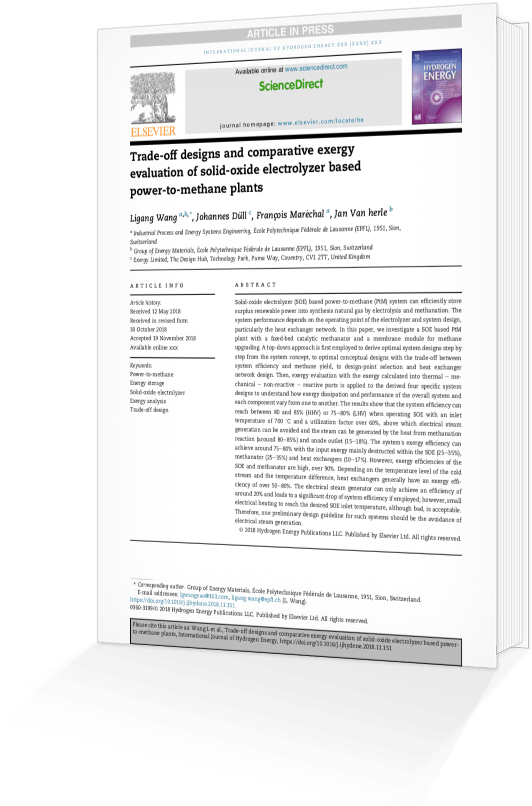Climate emergency: towards a low carbon economy
March 18, 2019 by Maria Cruz
Thousands of young students all over the world were striking last Friday against climate change. People who are not even allowed to vote yet, but definitely have a say about their own future, raised their voices out of the classes to teach an important lesson: we need to act now to minimise the devastating effects of the Global Warming.
The students protested to raise awareness and spark action from individuals, politicians and governments. Greta Thunberg, the 16-year-old Swedish girl who started the first movement of climate strikes, is making an emergency call for cutting down emissions by ceasing the use of fossil fuels and increasing investment into renewables.
Renewable Energy and the Circular Economy
According to Bio Market Insights, €56 billion in subsidies from EU member states were made in 2016 to fossil fuels. In this context, Roberto Ferrigno, EU Policy Advisor at Italian bio-plastics company Novamont said in the ‘Circular Economy Stakeholder Conference’ in Brussels that goverments should encourage the transition to circular economies and start helping the bio-based industry to make bio-based material more affordable than fossil-fuel based materials.
To ensure the future of the next generations, we have climate change at the heart of our business strategies. For example, as part of the Agrimax project, Exergy is working in the design and set up of two biorefineries in Italy and Spain for the production of high-value bio-compounds with application in packaging, ingredients for the food industry and manufacturing of agricultural materials. We at Exergy strongly believe in working to create awareness about how energy efficiency and increased profitability are linked in the long-term. It will soon be a trend that companies will get benefits from emissions reductions. We all know that there are challenges we must overcome but the significant value to be gained from moving towards business models that are more sustainable is something to consider – it is a win-win, for companies and the environment.
Interesting Links:
How to build a low carbon strategy




